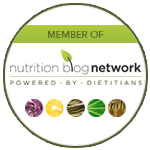Areas Nutrition and Exercise Science Could Improve In the Future
Someone asked me recently how they think nutrition science and practice will change in the future. Outside of the ‘let’s try a diet’ like we may try a new fashion choice or hairstyle and other non-science based nutrition diets of the year (keto and vegan are in right now as this is written, two completely


